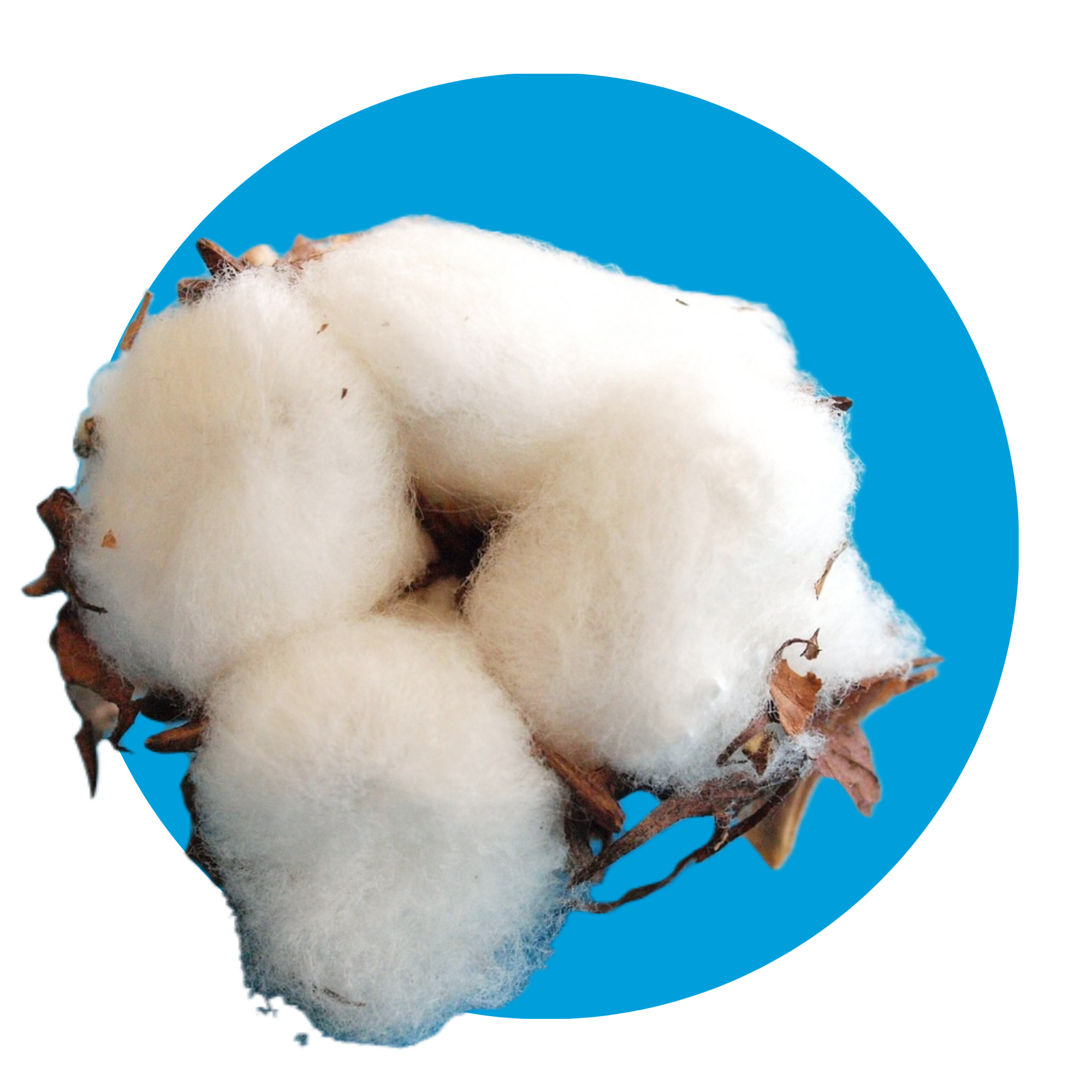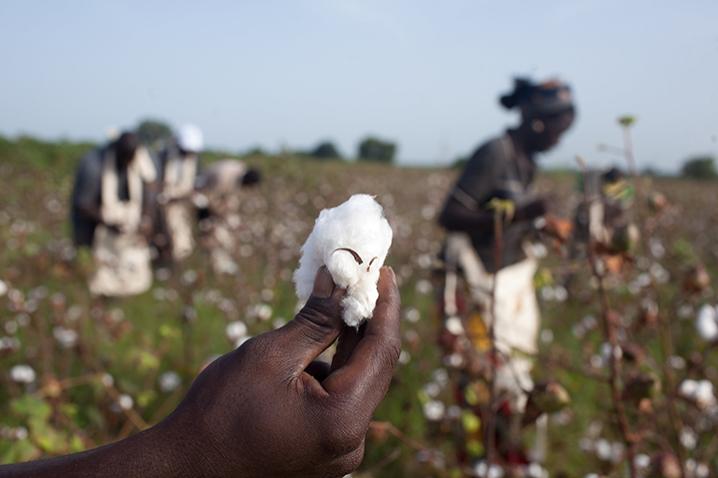Weaving a better future for cotton
Cotton is one of the most common fabrics in our wardrobes. It is comfortable, hypoallergenic, breathable and durable.
But cotton represents so much more than just a commodity. This natural fabric is a life-changing product worldwide that sustains 32 million growers (almost half of them women) and benefits over 100 million families across 80 countries in 5 continents.
This means that, behind any cotton clothing, following back its trade chain, there is a personal story.
It is true that cotton is really important to developed economies, but for least-developed and developing countries, it is a safety-net.
Cotton is a major source of livelihoods and incomes for many rural smallholders and laborers, including women, providing employment and income to some of the poorest rural areas in the world.
On third official UN World Cotton Day,under the theme “Making cotton fair and sustainable for all: from farm to fashion”, the United Nations wants to raise visibility of the cotton sector and awareness of the critical role that it plays in economic development, international trade and poverty alleviation. The observance also aims to highlight the importance of sustained, inclusive and sustainable economic growth, full and productive employment and decent work for all.
Celebrate World Cotton Day
October 4, 2023, 9:00-18:00 (Vienna time)
Register for our in-person and online event entitled “Making cotton a fair and sustainable crop for all, from farm to fashion”. It will reveal the importance of this sector, as well as the relevance of its growth in a sustainable and inclusive way, guaranteeing decent work for all.

World Cotton Day, an idea that started thanks to the “Cotton Four”
The initiative of World Cotton Day was born in 2019, when four cotton producers in sub-Saharan Africa– Benin, Burkina Faso, Chad and Mali, known as the Cotton Four -proposed the World Trade Organization a World Cotton Day celebration on October 7.
During 2 consecutive years, the date offered an opportunity to share knowledge and showcase cotton-related activities.
Now that the United Nations has officially recognized this World Cotton Day, this great opportunity creates awareness of the need of market access for cotton and cotton-related products from least developed countries, fosters sustainable trade policies and enables developing countries to benefit more from every step of the cotton value chain.
A rules-based, non-discriminatory, open, fair, inclusive, predictable and transparent international cotton trading system is key to provide a livelihood to hundreds of millions of vulnerable people around the globe.
Besides, greater investments are needed to expand the sector beyond raw cotton production and create new income opportunities, especially for farmers, by adding more value to cotton fibre and developing by-products from other parts of the cotton plant.
UN agencies have worked years towards this mission. For instance, the International Trade Centre (ITC) and the World Trade Organization (WTO) have helped C-4 to optimize production and improve local processing capacity, as well as to discuss the trade reforms needed to address high trade barriers and inequalities for cotton producers in developing countries. These efforts date back to 2003 through the Cotton Initiative.
Another UN agency, FAO, has long offered developing countries technical and policy support for boosting productivity and creating more opportunities in the cotton value chain. As an example, the +Cotton project, a cooperation initiative with Brazil (another leader in the industry) that helps Latin American producers to introduce innovative farming methods.
Let's keep working on offering the assistance to the cotton sector in developing countries to keep increasing productivity, investment and bring innovation and sustainable standards to increase the benefits of the cotton sector worldwide.
Did you know?
- A single tonne of cotton provides year-round employment for 5 people on average, often in some of the most impoverished regions.
- Cotton-based filaments are appealing to 3D printers because they conduct heat well; become stronger when wet; and are more scalable than materials like wood.
- In addition to its fibre used in textiles and apparel, food products can be derived from cotton, such as edible oil and animal feed from the seed.
Ending child labour in cotton growing in Mali
Many families involved in cotton production experience extreme poverty and have to rely on their children as a workforce to survive.
Related links
- Official FAO Website for World Cotton Day
- Cotton Markets and Trade (FAO)
- International Trade Center
- FAO: project in Africa and Latin America
- UN Conference on Trade and Development
- World Trade Organization
- International Cotton Advisory Comitee
- Ethical Fashion Initiative




